Fiber Optic Patch Cord, also known as fiber optic connectors, are patch cords used for equipment to fiber optic wiring links. They have low insertion loss, good repeatability, large return loss, good mutual insertion performance, good temperature stability, and tensile performance Strong and thick protective layer, generally used in the connection between the optical transceiver and the terminal box. It is common in optical fiber communication systems, optical fiber access networks, optical fiber data transmission and local area networks. According to the different types of fiber optic patch cords, there are many classifications; the following describes the common types of fiber optic patch cords in detail by OMC.
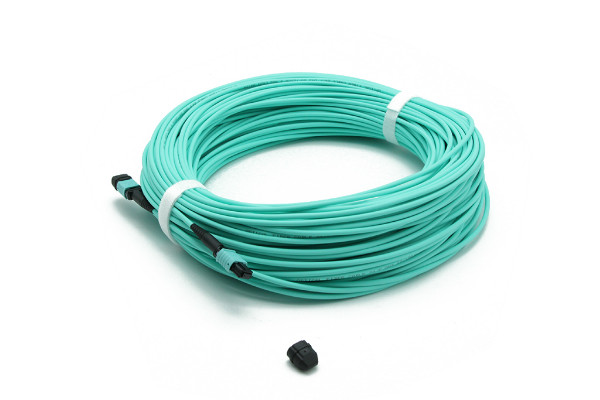
Classification by fiber type
1. Single-mode fiber jumper: generally yellow, the connector and protective cover are blue, and the transmission distance is long.
2. Multimode fiber jumper: generally orange or water blue, the connector and protective cover are beige or black, and the transmission distance is short.
Classification by connector type
Fiber patch cords can be divided into FC, ST, SC, LC, MU, E2000, MTRJ, SMA, etc. according to the connector classification. The following is a detailed description of commonly used fiber patch cords:
1. FC Fiber Optic Patch Cord
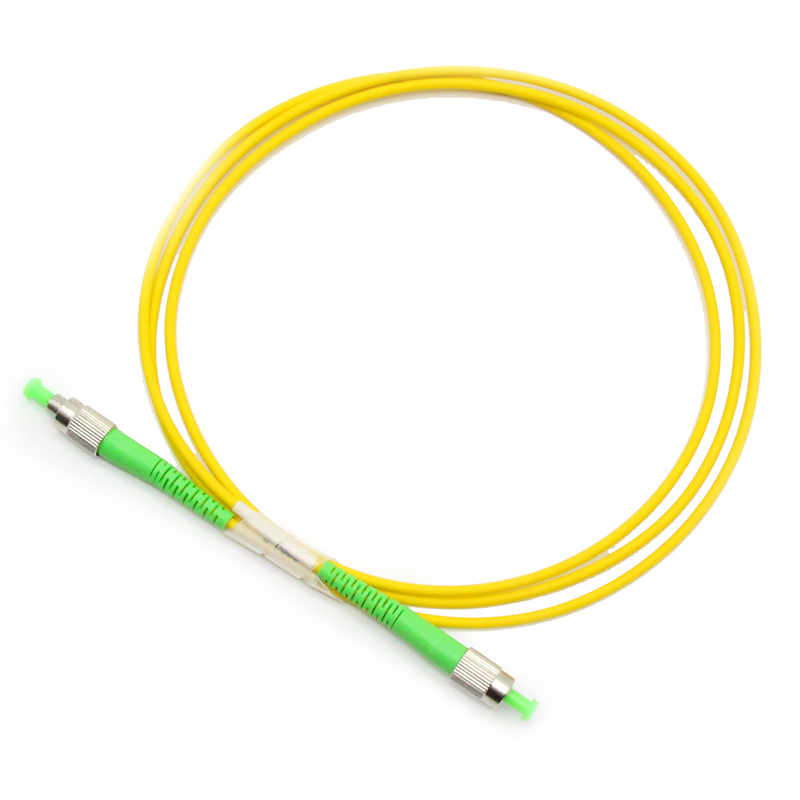
FC (Ferrule Connector) fiber optic patch cords are one of the most common connection devices in single-mode networks. Its external reinforcement method is a metal sleeve, and the fastening method is a turnbuckle. It is common on the ODF side (most common on the patch panel). FC connectors are generally used in telecommunication networks. The advantage is that they are reliable and dust-proof, but the disadvantage is that the installation time is slightly longer.
2. ST Fiber Optic Patch Cord
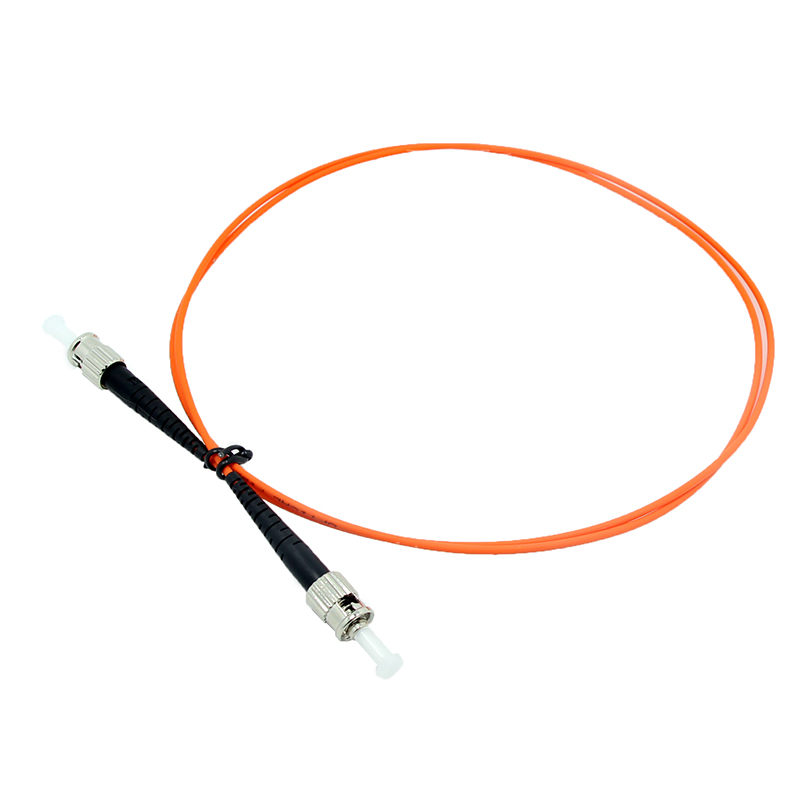
ST (Stab & Twist) optical fiber jumper is the most common connection device in multi-mode network, and it is also the more common connector type in Base10 optical fiber connection. Commonly used on optical fiber distribution frames. The shell is round, the fastening method is a turnbuckle, the core is exposed, it needs to be inserted first, and then rotated half a circle to fix the bayonet.
3. SC Fiber Optic Patch Cord
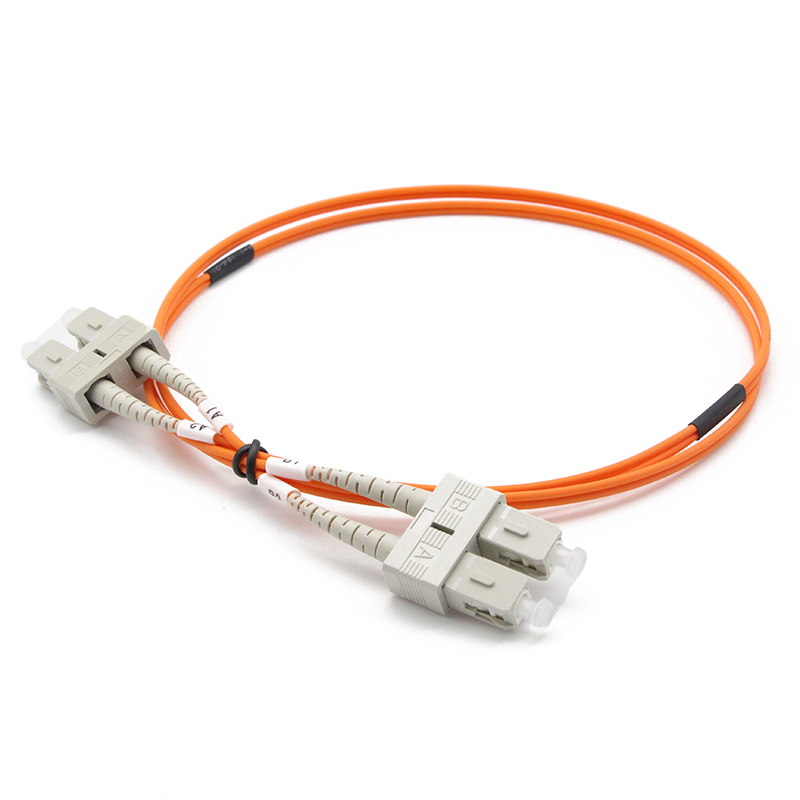
SC (Square Connector) optical fiber patch cord is a standardized connector of TIA-568-A. In the early stage, it was not widely used due to the high price. Later, with its excellent performance, it was gradually used in connection with GBIC optical modules. Commonly found on router switches, its shell is rectangular, and the fastening method is a plug-in bolt type, which is different from ST/FC and does not need to be rotated.
4. LC Fiber Optic Patch Cord
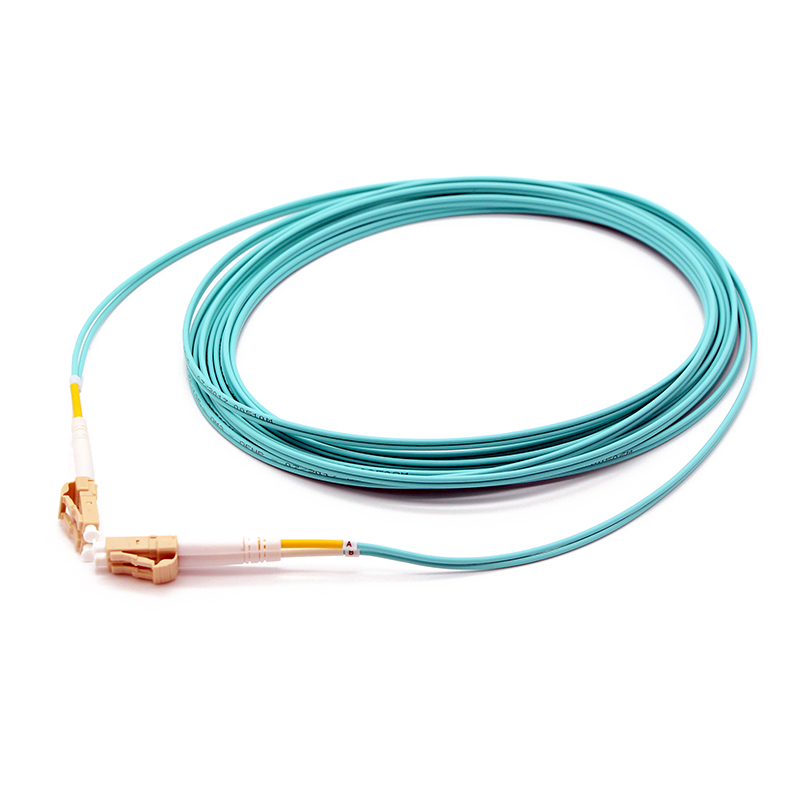
LC (Lucent connector) fiber jumpers are usually connected to SFP optical modules. The connector is similar to the SC connector, but smaller than the SC connector. The size of the pin and sleeve is 1.25mm, which is half of ordinary SC and FC. The fastening method is jack latch. Its advantages and performance are good, and to a certain extent, it can increase the density of optical fiber connectors in the optical fiber distribution frame. It is a very good single-mode optical fiber jumper.
Three, according to the application classification of the jumper
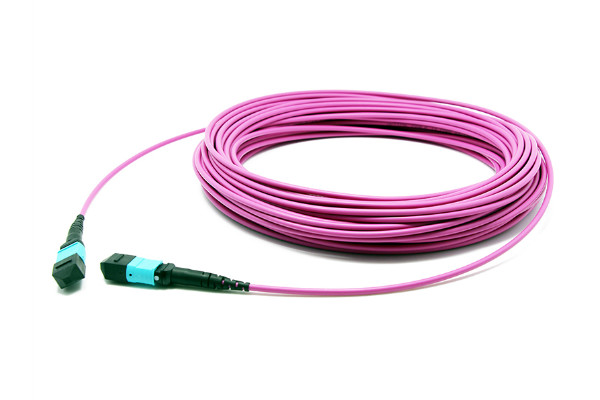
Fiber patch cords are generally divided into MTP/MPO fiber patch cords, conventional fiber patch cords, armored fiber patch cords, etc. according to the application of patch cords.
1. MTP/MPO fiber jumper: common in the fiber wiring environment that requires high-density integration during the wiring process. Its advantages: simple use of push-pull locking structure, easy installation and removal, saving time and cost, and maximizing service life .
2. Armored fiber optic jumper: common in the computer room, suitable for harsh environments. Its advantages: no need to use protective casing, moisture-proof and fire-proof, antistatic and acid and alkali resistance, can save space and reduce construction costs.
3. Conventional fiber patch cords: conventional fiber patch cords are OS2 9/125 single-mode simplex, OM4 40/100Gb 50/125 multi-mode, OM3 10Gb 50/125 multi-mode, OM2 50/125 multi-mode, OM1 62.5/125 Multi-mode, OS2 9/125 single-mode simplex, OM5 50/125 multi-mode these types. Among them, OM5 fiber optic patch cord are currently more popular products, which are often used for higher broadband applications. The outer sheath is aqua-green, with strong scalability, compatibility and interoperability, and can effectively reduce costs.
Fourth, the difference between fiber jumper and fiber pigtail
The fiber pigtail has a connector at only one end and needs to be spliced to connect with other fiber cores. The fiber jumper has connectors at both ends, and the fiber jumper can be divided into two and used as the fiber pigtail.
About OMC
OMC industry co., limited, which was founded by an expert team, has been manufacturing and exporting FTTX cabling products since 2007. We focus on providing innovative and integrated FTTX cabling solutions for a variety of applications/Networks. Our capabilities include product/solution design, development, enhancement and integration. Our products are among the highest performing in the industry and truly represent the best values in the industry. We help you select the right products for your Optical network’s needs.More information is available at ABOUT US.
